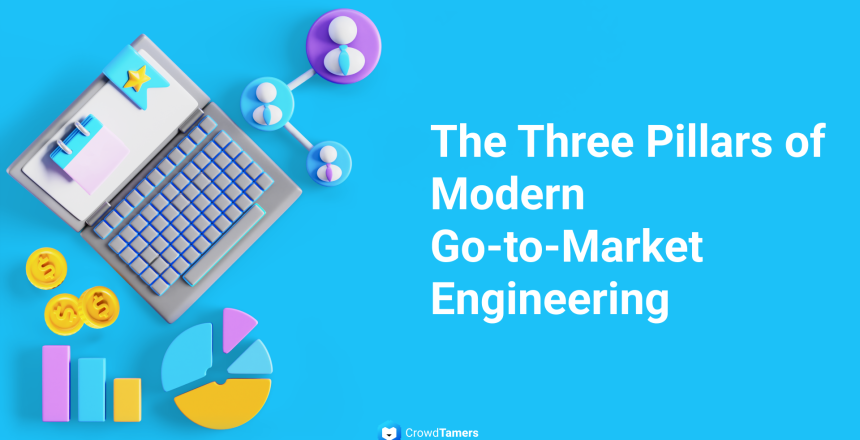Every business needs three things to grow: the right audience, their trust, and meaningful conversations with them. Yet most companies rush to scale before mastering these fundamentals.
Finding Your Real Audience
Success starts with identifying who actually buys, not just who could buy. Track three key signals in your current successful customers:
- Purchase timing – When do they buy, not just why
- Communication preferences – Where they spend time, not where you wish they did
- Pain points they’ll pay to solve – Not just problems they complain about
A B2B software company recently discovered their best customers weren’t the enterprise clients they targeted, but mid-sized companies hitting specific growth challenges. This insight tripled their conversion rate.
Demonstrating Value Beats Claiming It
Trust comes from showing, not telling. Your prospects face countless companies claiming expertise. Stand out by demonstrating it.
Video content builds trust faster than text because it proves expertise in real time. But not all demonstrations work equally well:
Live problem-solving works best. Show how you handle real challenges. Record customer calls (with permission). Share actual results. Walk through real solutions.
Case studies fail when they focus on outcomes instead of process. Show your work. Explain your thinking. Let prospects see how you handle complications.
When to Automate (And When Not To)
Automation done wrong kills deals. Done right, it accelerates them. The key? Never automate a process you haven’t mastered manually.
Don’t automate:
- First contact with high-value prospects
- Complex need assessment conversations
- Objection handling
- Final deal negotiations
Do automate:
- Meeting scheduling
- Basic qualification
- Document sharing
- Follow-up timing
Measuring What Works
Track these metrics across all three pillars:
Audience Quality:
- Customer lifetime value by source
- Referral rates
- Time to first purchase
Trust Signals:
- Content engagement time
- Direct response rates
- Sales cycle length
Conversation Effectiveness:
- Response speed
- Qualification accuracy
- Close rates
Why Missing Any Pillar Kills Growth
A strong audience without trust-building content leads to expensive, endless sales cycles. Great content without the right audience wastes resources. Perfect automation targeting the wrong people scales failure.
Consider a recent tech startup. They automated outreach to thousands of prospects. Their content was excellent. But they targeted companies too small to afford them. Every efficiency improvement just lost money faster.
Building Your GTM Engine
Start with audience identification. Study your best current customers. Look for patterns in:
- Their growth stage
- Common challenges
- Decision-making process
- Budget cycles
Create content that shows how you solve specific problems. Record your actual work. Share your thinking process. Let prospects see you handle real challenges.
Only then consider automation. Start with simple processes you’ve done successfully many times. Measure results obsessively.
Making It Work
Your GTM strategy needs all three pillars supporting each other. Find the right audience. Show them you can solve their problems. Engage them at the right time.
The market rewards companies that execute this well. A recent client doubled their close rate by focusing on demonstrations over claims. Another cut their sales cycle in half by better audience targeting.
Success comes from building all three pillars together. Miss one, and the structure fails. Build them all, and you create a repeatable engine for growth.
Technology can help execute your strategy, but it can’t create it. That still requires human insight, real expertise, and actual results.



